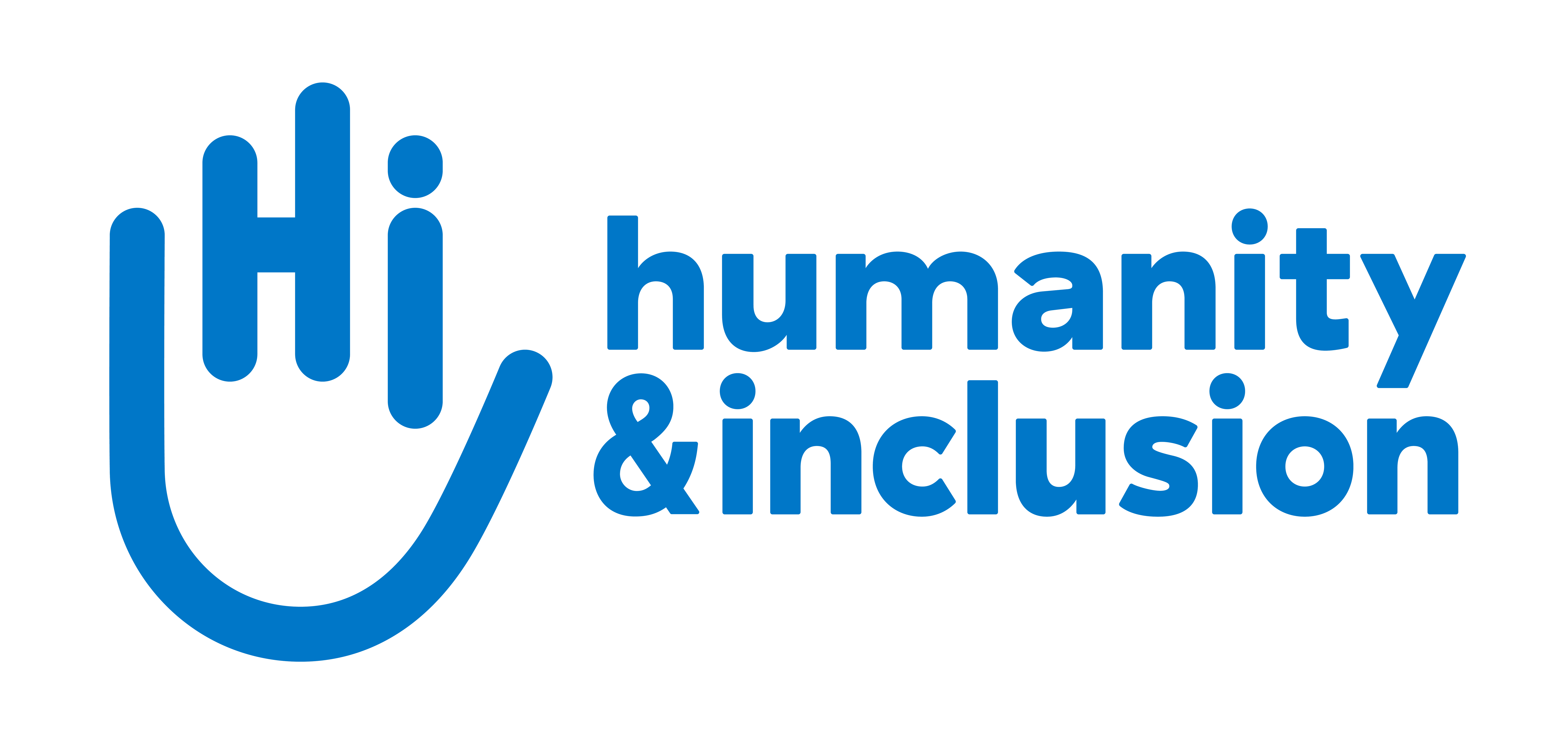HI Mapping Challenge: innovation to support humanitarian response
Maps contain information essential to the deployment of humanitarian teams in the field, but in areas isolated due to natural disasters, conflicts or sanitary crises, they are often incomplete or non-existent. To map every part of the world, HI and CrowdAI launched a Mapping Challenge - the first stage of which was completed at the end of May.

Thanks to technology, it is easier to draw map from satellite images | © HI
Without maps, humanitarian teams working on degraded terrain lack the information they need to plan their response and make the right decisions, such as which route to take or the location of the most damaged areas. With an up-to-date and comprehensive map, humanitarian aid operations are better able to organise themselves in relation to the area concerned.
The problem is that producing and updating maps is a process that requires a lot of effort. Currently, maps are drawn by hand based on satellite images by specialised organisations or voluntary workers who take part in Mapathons, such as the one organised by HI in December 2017 to map Laos.
Some 300 people have joined the HI Mapping Challenge. They are developing the most efficient algorithms for automating the production of maps from satellite images. The process will be faster and generate maps that contain information relevant to NGO response.
HI is therefore a real actor in the development of innovative solutions for the humanitarian sector. The second stage of the Challenge has just begun and will last until the beginning of July. At the end of this period, the algorithms will be tested by UN Global Pulse and UNOSAT[1] and the five top participants will be named. They will be invited to share their results at the 5th International Conference on Data Science and Advanced Analytics, where they will be able to congratulate themselves for having put innovation at the service of humanitarian response.
[1]A UNITAR (United Nations Institute for Training and Research) technology programme for satellite image analysis





